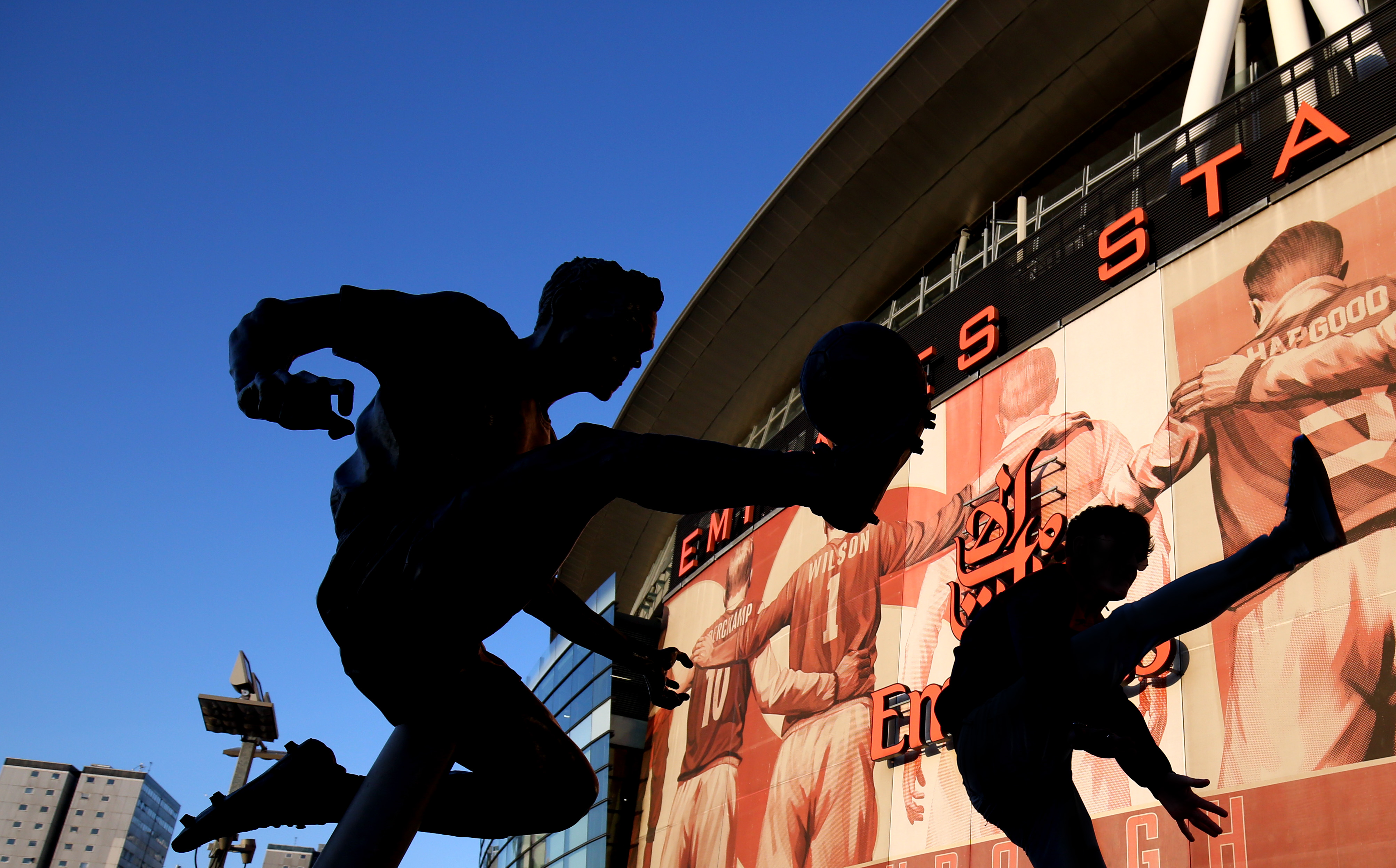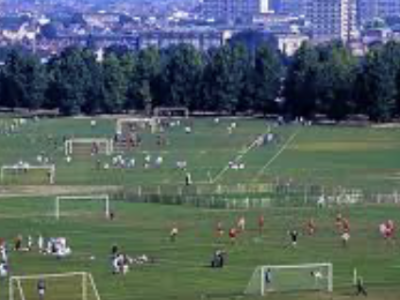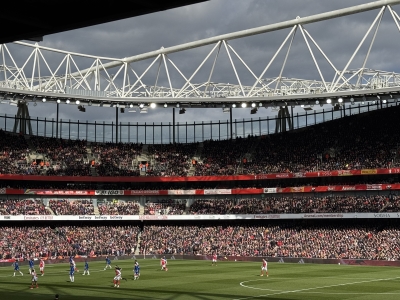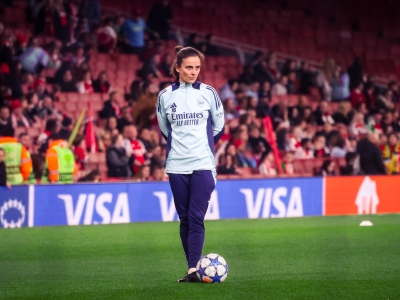(Ed’s note – The Arsenal Supporters Trust sent out an email to their members yesterday with the following information)
The current suspension of the football season is a trivial matter compared to protecting lives and keeping everyone safe.
However, we thought that members might be interested to see the impact the decision to delay the season will have on Arsenal’s finances. It is of course the case that we cannot predict what will happen next, and decisions about when the season will resume and in what format will rightly be guided by scientific and medical advice.
The following analysis assumes no football will be played for quite some time yet and looks at the impact this will have.
Arsenal played their last match on Saturday 7 March against West Ham, leaving ten league matches to play, of which four are home games (Norwich, Leicester, Liverpool and Watford). The FA Cup quarter final is away and of course a possible semi-final would be scheduled at Wembley.
Arsenal have three main revenue streams: TV/Broadcast, Commercial/Retail and Matchday and in broad terms the total club income for the year to 31 May 2019 was £390m, split as follows:
· TV/Broadcast £185m
· Commercial £110m
· Matchday £95m
The Premier League would have been due to distribute about £800m of TV money (25 per cent of the annual amount) at the season end to the clubs. Of this, Arsenal would have been due around £40m.
Each matchday generates an average of about £3m gross, all of which is retained by Arsenal,
meaning a shortfall of £12m for the unplayed matches (although most of this money is held on
account by Arsenal as the tickets have been paid for).
The Arsenal wage bill for 2018-19 season was £232m (excluding pay-offs), so almost £20m per
month, paid at the month end. On this basis Arsenal will have paid the March payroll of £20m and have April pending. This covers 724 full time staff of which 73 are players. We estimate that the playing staff share of the wage bill is about 80 per cent.
In addition, Arsenal have £90m per annum of “other football costs” so we can assume an average of £7.5m per month. Some of these costs are related to matchday hosting so are not being incurred at present. However, on average the club’s total monthly running costs are about £27.5m.
“Lost” revenue to the season end is about £55m (TV distribution and matchday income). It is also possible that a small amount of money will be lost from commercial income depending on
contractual obligations. There is a UEFA TV payment of £25m due at the season end which we
assume will still be paid.
With no revenue coming in (we have assumed all commercial revenues for the season have been received already) Arsenal will be paying ongoing costs from its cash reserves.
Arsenal had cash reserves of £167m at 31 May 2019 but after player transfers and player payments due we estimated that “available cash” was £70m plus about £25m of cash generated during the truncated 2019-20 season.
In addition, there is £36m of ‘ring-fenced cash’ set aside in Debt Service Reserve Accounts as part of the stadium financing security. It should be noted that up to £65m of the cash reserves are in the Arsenal property companies and may have to be accessed for the football club needs.
Arsenal also have available a bank loan facility of £50m which as at 31 May 2019 was fully available but undrawn.
On the basis that the available cash reserves were approximately £100m when the season was postponed, and assuming a monthly spend rate of £27.5m, this would indicate that Arsenal are able to cover outgoings for several months. If the delay lasts into autumn we would expect other mitigating actions to be introduced including reductions to player’s remuneration.
What impact does the current shutdown have on Arsenal’s finances?
AST update on COVID-19’s hit to the club’s bank balance
NEW! Subscribe to our weekly Gooner Fanzine newsletter for all the latest news, views, and videos from the intelligent voice of Arsenal supporters since 1987.
Please note that we will not share your email address with any 3rd parties.







